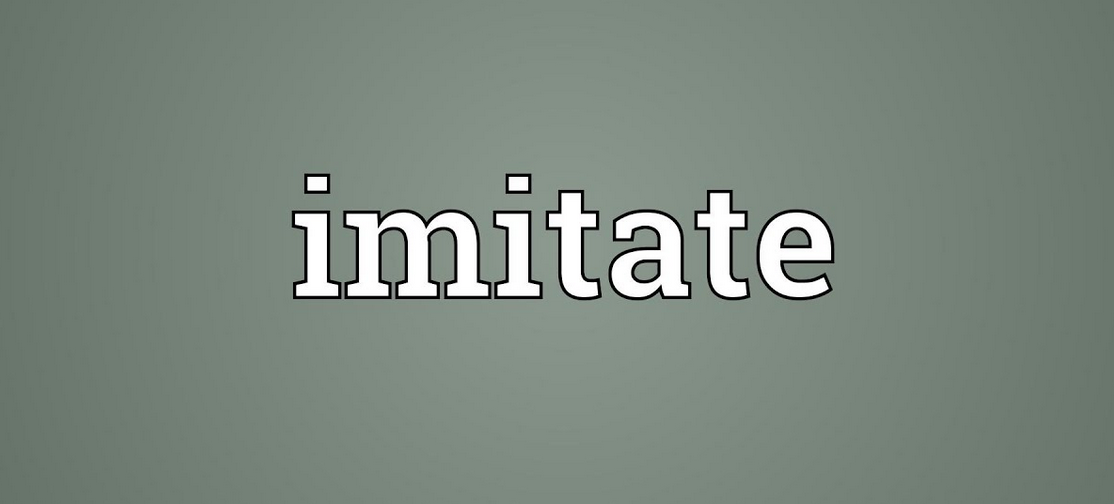There are no shortcuts to becoming a great writer. As Stephen King says, great writers need to read a lot and write a lot. But that’s not enough. Nope. I’d argue you need to take writing one step further: imitate good writing.
Imitating great tennis players
When I was a young boy, about 8 or 9, I imitated all the top tennis players. I’d slip on my worn-out tennis shoes (leaving the laces untied, a bad habit that I cannot seem to shake, even as an adult), slide into my above-the-knee shorts and position myself in front of the 10″ CRT television. I’d then watch the tennis legends from the late 90s, mirroring their every move. Gripping my imaginary carbon fiber tennis racket, I’d bend my knees and point my finger into the sky as I leaned into the platform serving position (aka trophy position) just like Pete Sampras, I’d shuffle my feet like Michael Chang, I’d glide towards the net to serve and volley like Patrick Rafter. Over time, my tennis game became an amalgamation of theirs (of course, I never reached their levels). And I believe that this approach of mimicking the greats should be applied to aspiring writers who want to improve their craft.
Claim: Great writers reverse engineer
Great authors imitate other great authors. In “Sense of Style”, Pinker asserts that good writers are avid readers and that they have “absorbed a vast inventory of words,idioms, constructions, ropes, and rhetorical tricks, and with them a sensitivity to how they mesh and how they clash.”
One example of an author who took this deliberate approach to learning the craft is Elizabeth Gilbert. In her book, Big Magic, she talks about how she studied from great teachers: “teachers that live on the shelves of your great library, that live on the walls of museums, that live in recordings made from decades ago”. She states that “No living writer has ever taught me more about plotting and characterization than Charles Dickens has taught me.” Although she didn’t study from Charles Dickens directly she did “spend years privately studying his novels like they were holy scripture, and then to practice like the devil on my own”.
Imitators
Another example of such an author who took a rigorous approach to learning the craft is Benjamin Franklin.
Benjamin Franklin
Benjamin Franklin would read articles, take voracious notes, and set them a side for a few days. When he returned to his notes, he attempted to rewrite the article, using his own words. Then, he’d compare his writing with that of the original and took stock of where his writing fell short. His vocabulary was weak, so he worked on expanding it. He had also noticed another shortcoming: his organization (or lack thereof). Tackling this head on, he would decompose some piece of writing that he admired into sections and copy each of them onto their own index cards. After mixing the cards a pile, he’d then attempt to rearrange them in the correct (original) order. That’s how he practiced organization skills. That’s amazing discipline.
Why don’t more of us take this same approach? Well, some do, like Stephen King.
Stephen King
In “On Writing”, Stephen King shares about how, when he was a child, he would read comic book after comic book after comic book, reading whatever he could get his hands on. Believing that imitation precedes creativity, King would “copy Combat Casey” comics word for word in (his) Blue Horse tablet, sometimes adding (his) own descriptions where they seemed appropriate.”
Hunter Thompson
One final example: Hunter Thompson. “He chose, rather than writing original copy, to re-type books like The Great Gatsby and a lot of Norman Mailer, the Naked and the Dead, a lot of Hemingway. He would sit down there on an old type-writer and type every word of those books and he said, “I just wanna feel what it feels like to write that well.”
Summary: Go and imitate
There are no short cuts. Clear out space on your cluttered desk. Make a neat stack of all the books that you want to write like. And come to terms that, writing is a life long journey of reading and writing, a never ending cycle of these two activities.
